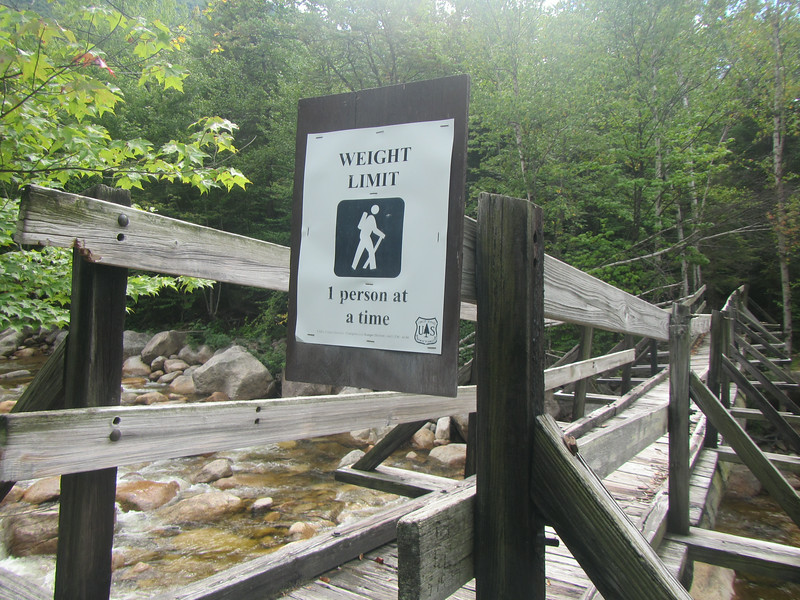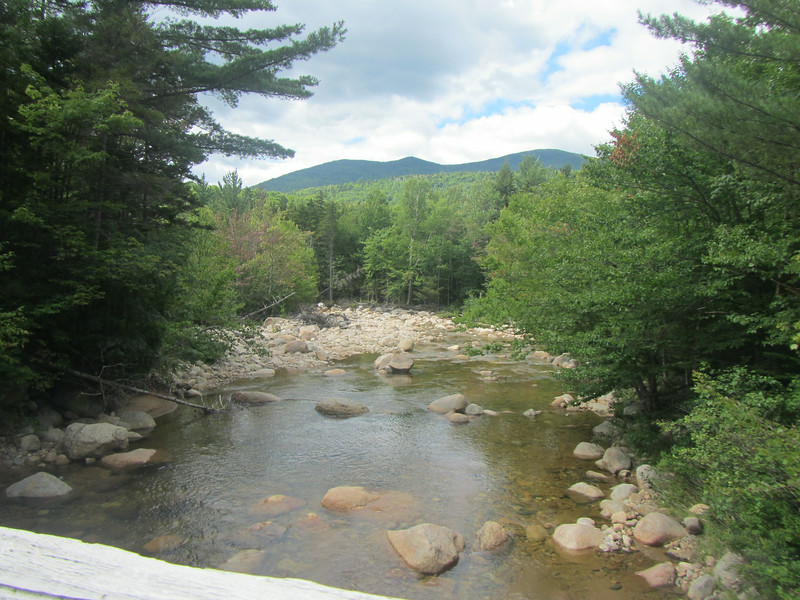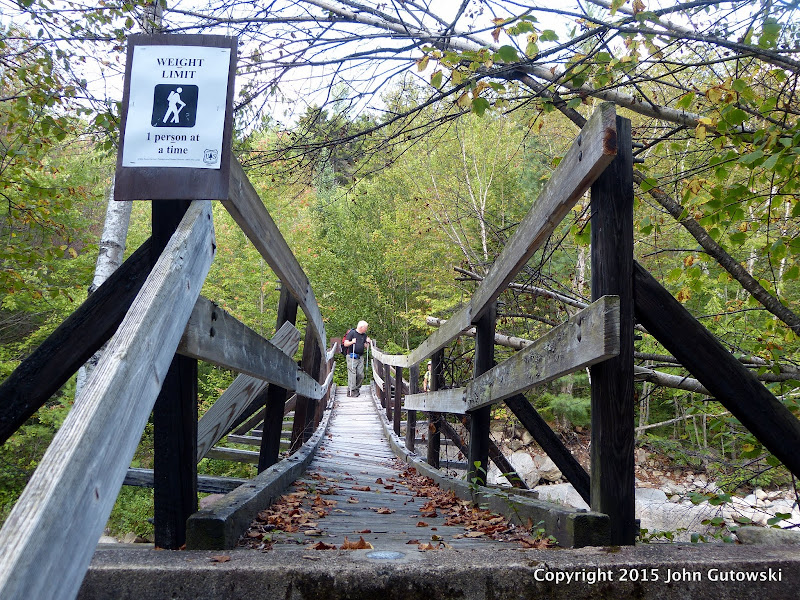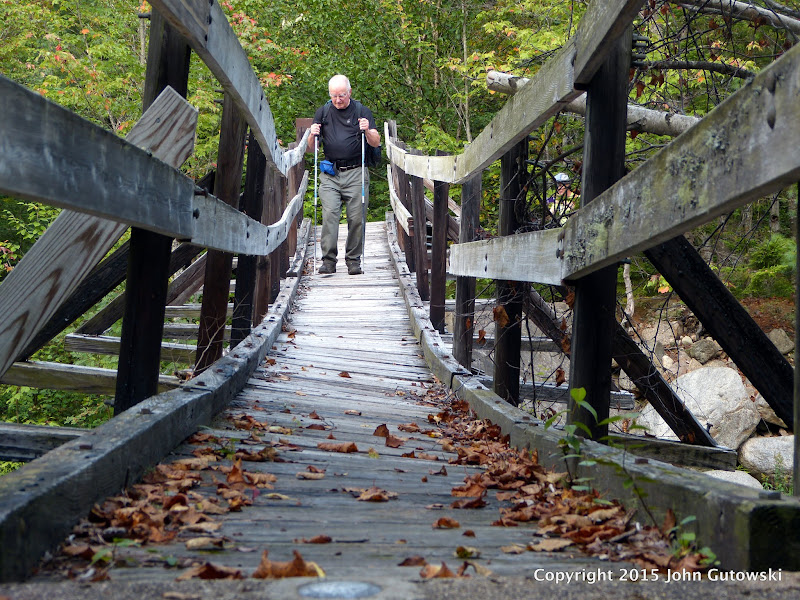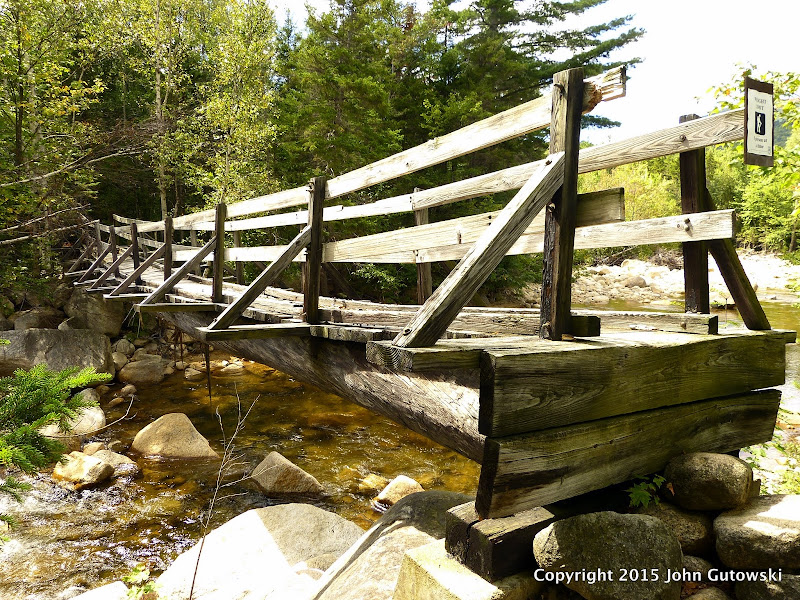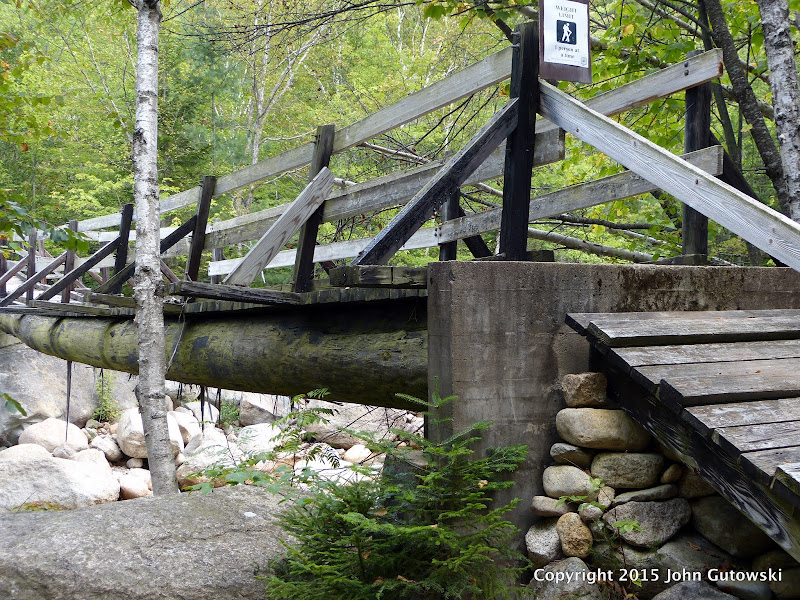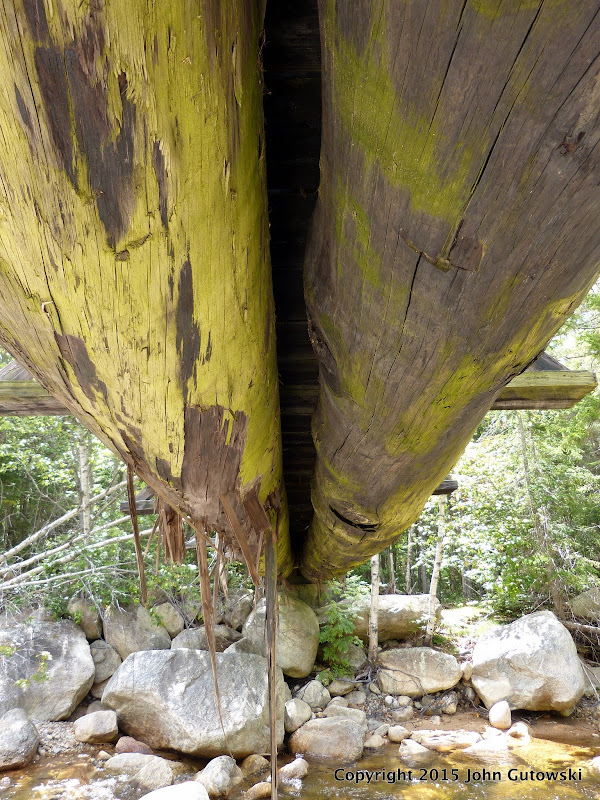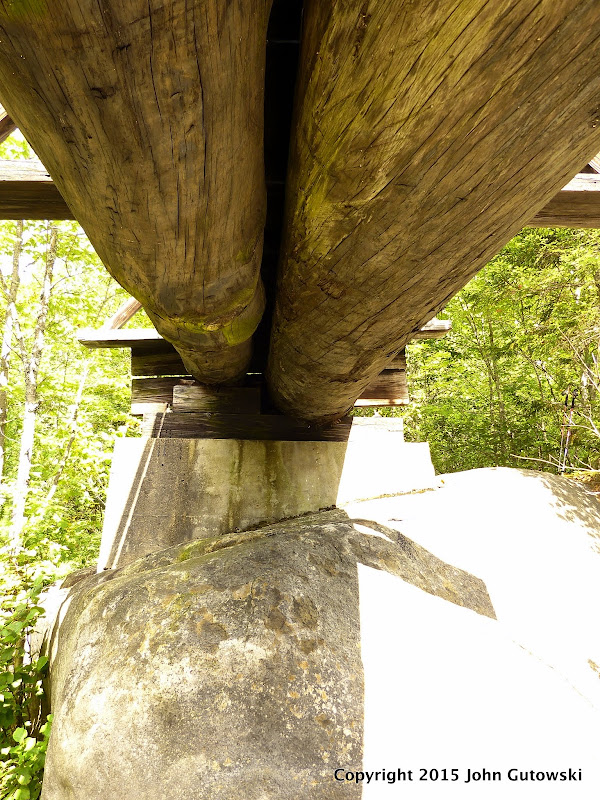Thanks, Tom.
The Thoreau Falls Trail Bridge is an essential trail feature required in order to continue to afford reasonable and safe access to or through the wilderness.
Maybe I don't understand this but if I do, a more popular and less wild zoned bridge was removed despite support for keeping it. There is less justification since far fewer people (apparently) use the TFT bridge. I want to be certain I understand how to word any comments I might make.
Tim
After reading the two Decision Memos again last night, I believe there is enough leeway granted to the District Ranger by the Forest Plan that that either replacement or removal can be justified.
I think the Dry River Bridge decision was helped by that route being the primary access point to that area and by being very close to the trail head.
The fact that the loop LWT/East Side loop was a popular route was acknowledged by District Ranger Fuller. She picked the competing interest of minimizing the number and type of man-made improvements. As you noted, the Zone D designation for that part of the Pemi could easily had been used by her as a justification for keeping the bridge
if that is the outcome she wanted
"The Wilderness Trail and the suspension bridge are in Zone D, which the Forest Plan describes as the most heavily used and most highly developed trails and areas within the WMNF Wilderness. It goes on to state that bridges may exist for public safety or resource protection. Consequently, the presence a bridge is not expressly forbidden; however, a determination must be made as to whether or not the bridge is necessary to meet the minimum requirements necessary for the administration of the area."
"During the scoping period, I read and heard passionate arguments for keeping the bridge and to preserve the eleven mile loop that connects the Lincoln Woods, Wilderness, Cedar Brook, and Eastside trails. The fact that it follows railroad grades that lined the banks of the East Branch has made this a very popular and relatively easy day hike and cross-country ski route in winter. Its gentle grade affords access to a wider range of abilities and its convenient trailhead access at Lincoln Woods along the Kancamagus Highway adds to its popularity. One of the implications of this decision was a compromise of visitor convenience and comfort by removing the loop possibilities. However, as outlined in The Wilderness Act, Forest Plan, and Forest Service Manual, in a conflict such as this, between wilderness values and visitor convenience and comfort, preserving the wilderness resource is the overriding value."
District Ranger Fuller tells you the
REAL reason she decided to remove the Pemi Bridge in her Decision Memo:
“I can recall my first visit to the bridge, after hiking almost six miles, three of those miles in wilderness, and arriving at the site. It does take one back for a moment to have such a large and substantial structure before you. This experience is out of context with a wilderness experience, both from the visual impacts of the presence of the bridge to the experience of making a long, dry crossing on a man-made structure over the East Branch of the Pemigewasset River.”
“I believe the presence of a man-made bridge, particularly a 180-foot suspension bridge with towers and cables, is a non-conforming structure and is not consistent with the ideal state intended by the authors of the Wilderness Act.”
The presense of the bridge offended her idea of what a Wilderness Area should look and feel like.
